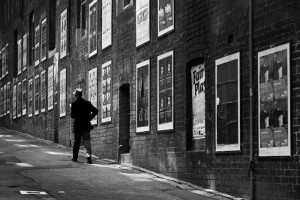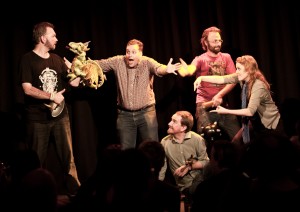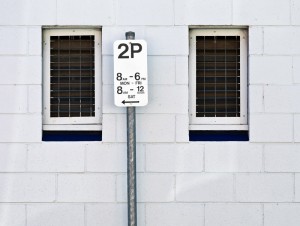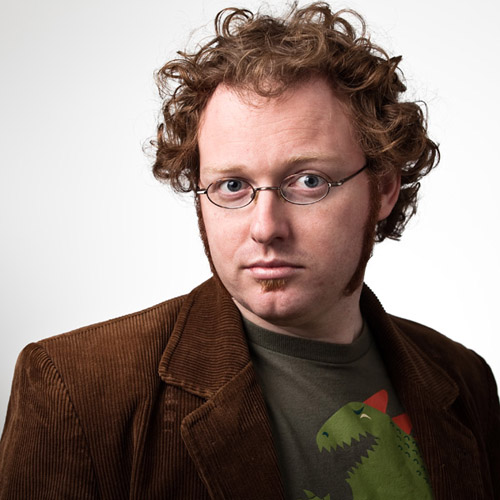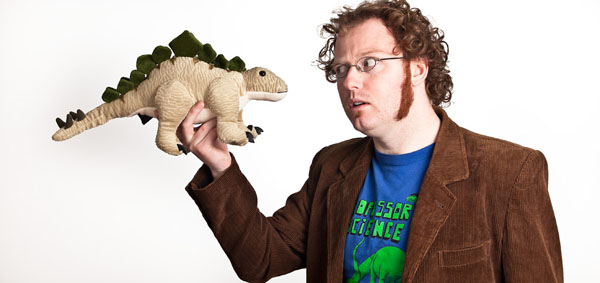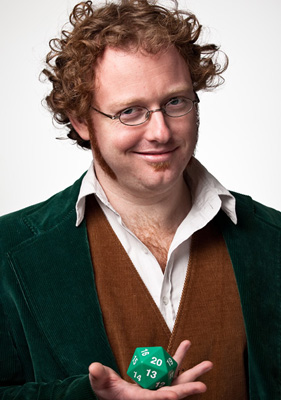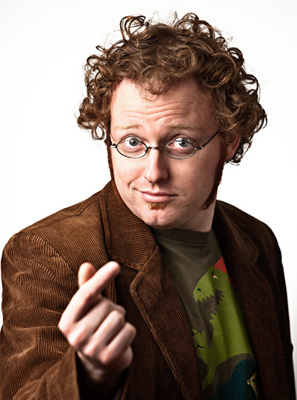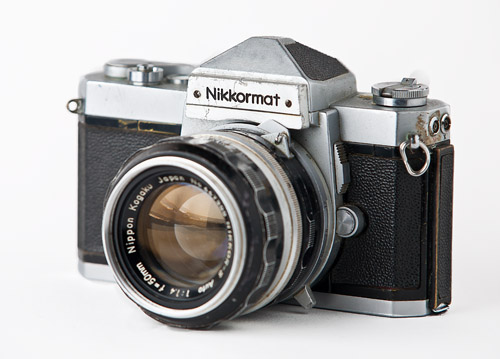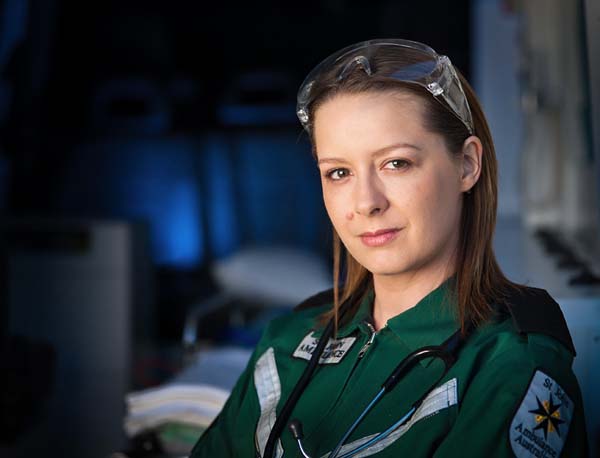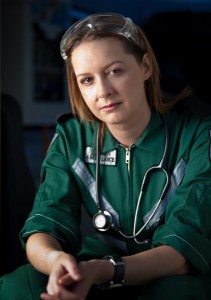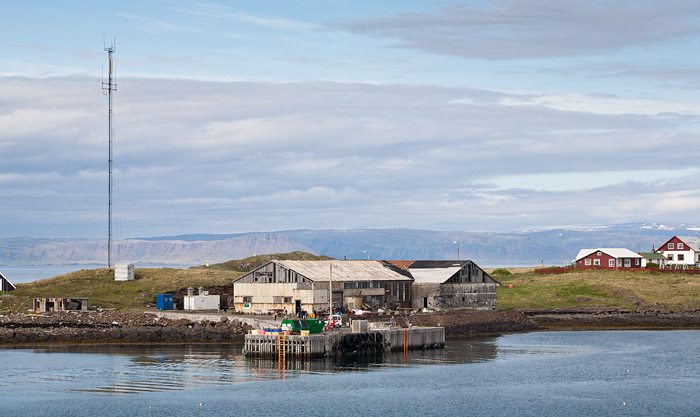Petri FT
Another first. The Petri FT was my first SLR and my third camera. I had been using the Agfa rangefinder for a while and was now interested enough in photography to want to start developing and printing my own black and white images. And it seemed that to be a serious photographer, I had to have an SLR.
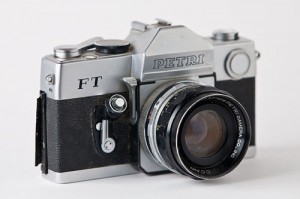
I had no idea about SLR’s, I had no one to ask and very little information available. I had been working for about 18 months in Melbourne and had saved some money so I started going to the camera stores.
One camera store was advertising ‘the perfect camera for the new photographer’, a Petri FT – $95. So I bought it. And so began years of learning to develop film, print images, mix chemicals, build darkrooms, enter competitions, trying to get better, disappontments, great expense and eventually going digital. And along the way I have met some fun and talented people.
The Petri is a Japanese camera. The company began making SLRs in the late ’50s and the Petri FT went into production in 1967. I bought mine in 1970, probably at the end of the production run. The company brought out several other FT models (FTE, FT EE, FT II) before going bankrupt in 1978.
It had a couple of odd features: the shutter release was on the front of the body and angled at 45 degrees but it worked well when you got used to it. That large lever beside the shutter release is the depth of field control, press it back to stop down the lens to check the depth of focus. I have never seen one like that before or since.
The Petri FT wasn’t a high quality camera, it was on a par with the early Praktika and Yashica SLRs, but it got me started on a life-long journey of taking pictures and producing my own prints.
